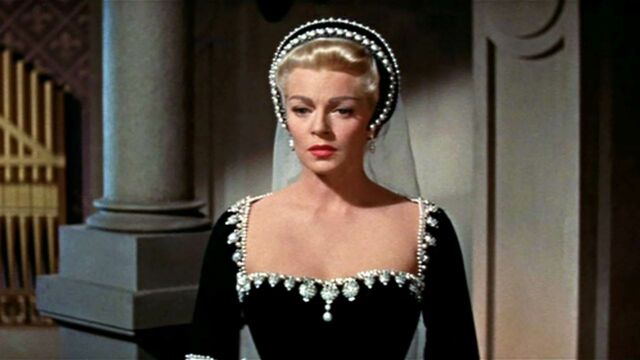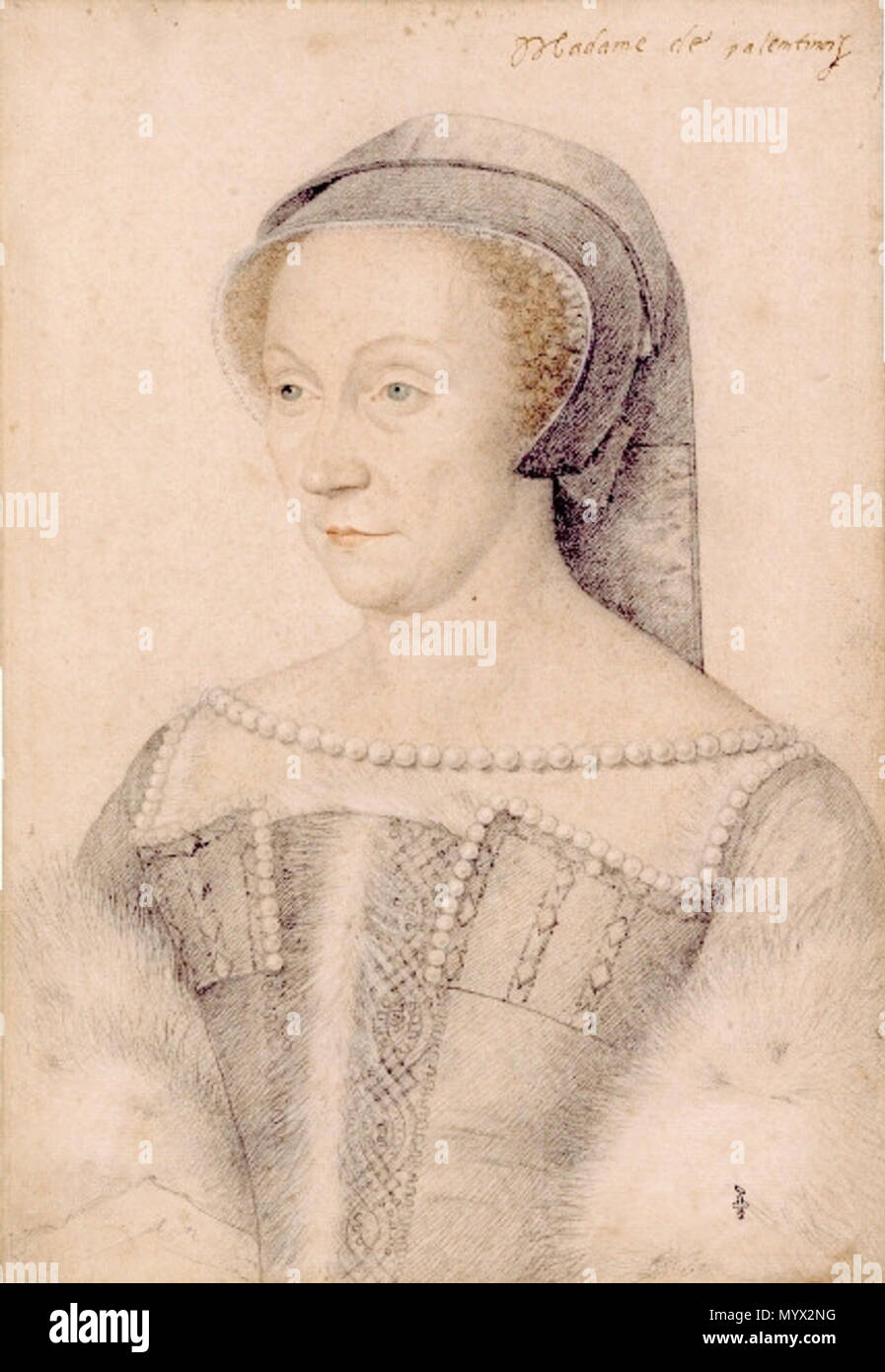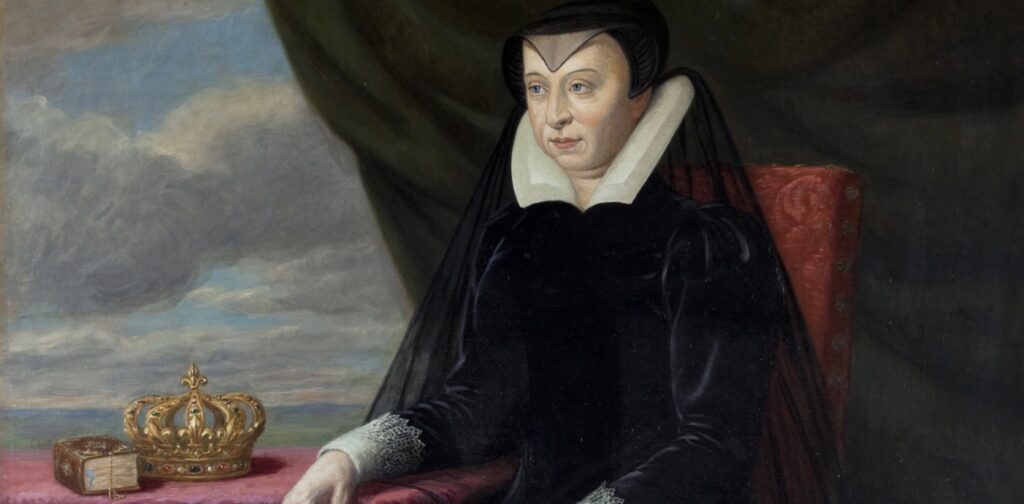It may be one of the oldest product liability cases in the world. The British Medical Journal (BMJ) has published findings suggesting that Diane de Poitiers, a famous mistress of 16th-century French King Henry II, may have died from consuming too much drinkable gold.
Drinkable gold was a common thing among the most wealthy women of the time. It was believed to preserve youth.

Left: The lock of Diane's hair preserved at Anet Castle Middle: Close up analysis revealed de Poitiers had gold in her thinning hair Right: Gold was a popular 'miracle youth cure' in the 16th century. Sebastian de Poitiers, bastard son of King Henry II and his mistress', Diane de Poitiers. Duke of Burgundy. A lover of wine and flattery.
Experts tested the remains of Diane de Poitiers and found high levels of gold in her hair and body.
Diane de Poitiers was Henry II’s favorite mistress and was often painted or drawn by artists due to her beauty. She remained a beauty into her 50s according to artists at the time and was a trusted adviser to the King as well. When Henry II was wounded in a jousting tournament, Queen Catherine de’ Medici (his wife and queen) banished Diane de Poitiers and eventually sent her to live out her life at a remote chateau after he died.
Sebastian De Poitiers Biography

Putting aside the history, the tort would be interesting for any sixteenth century personal injury lawyer. The manufacturers of liquid gold could not claim that they never endorsed consumption of their product since, even if there was another use of the product, this was foreseeable misuse given the passion for drinking gold at the time in the Royal Court. There is an obvious design defect and warning defect. They could claim that it was “scientifically unknowable” at the time that gold could cause medical problems, of course. There is also the possibility that the drinkable gold was not a commercial product but prepared in the royal kitchen. This would move the matter outside of products liability and into the area of negligence. It would turn on what a reasonable person would do. At the time, gold was viewed as healthy. Moreover there remains a question of contributory or comparative negligence.
It would have been a challenging but potentially rewarding case for any carriage chasing personal injury lawyer.
As for eating gold, it is a practice that has hardly gone out of practice, here.
Would you drink gold to stay young and beautiful?
Diane De Poitiers did. Kinda like those women who die today during a liposculpture or a boob job gone wrong, Diane thought the chance of wrinkle-free skin was worth the risk.
She paid for it with her life. Her golden elixir killed her before her time.
Why Did Diane De Poitiers Drink Gold?
Have you ever heard of Diane De Poitiers before? She was the mistress of of Henry II, King of France. An unusual one at that.
You’d think the King would have fallen for a young and innocent maid. Not exactly. Diane was twenty years his senior. By the time they became lovers, she was already a widow with two children.

Diane was more than just a pretty face. Sure, she was gorgeous, with her flawless skin and luscious golden locks. But she also was well-educated (particularly for the standards of her time), witty, clever, elegant, a keen sportswoman and an art lover.

The two first met when the 12-year-old Henry returned home from Spain, where he had been held hostage. Diane was chosen to teach the young prince courtly manners. He fell in love straight away, but for a few years, nothing happened. Phew!
Diane De Poitiers Son Bash
Henry was 19 when he finally convinced the 31-year-old Diane to become his lover. Given the age gap, can you blame Diane for feeling the pressure to keep her looks for as long as possible?
This obsession with her looks, and her desire to keep her royal lover enthralled, lead her to drinking gold regularly… and eventually to her death (she would survive Henry, though).
Diane De Poitiers’ beauty secrets
According to her contemporaries, Diane was still remarkably beautiful even in her 50s. But this beauty came at a very high cost.
Diane was very active. She ran daily, loved to hunt and ride, swam in cold river water and followed a strict diet. Every single day, she took a bath followed by massages with perfumed oils and other beauty concoctions.

All this undoubtedly helped, but Diane had another, more dangerous beauty secret: she drank gold.
Drinking gold was quite common among wealthy women during the Renaissance. Considered an elixir of life, it was prescribed for a wide variety of illnesses.
Back then, people thought gold also had aphrodisiac properties and preserved youth and beauty. All things a royal mistress needed in spades, if she wanted to keep the attention of her royal lover.
Unfortunately, her golden elixir killed her. When her remains were exhumed and examined in 2009, forensic experts noted that, for a woman that led such an active and healthy lifestyle, her bones and hair were very fragile. Both are symptoms of gold intoxication.
Gold also gave her anemia, which was responsible for her white complexion. When researchers tested a lock of her hair still preserved at the Chateau d’Anet (the place where she died), they discovered it contained 500 times the normal level of the precious metal!
Diane died at 66, still beautiful. It’s true she had a remarkably long life for the standards of her time. But it could have been even longer if she hadn’t poisoned herself.
Is the price to pay for eternal youth really worth it in the end?